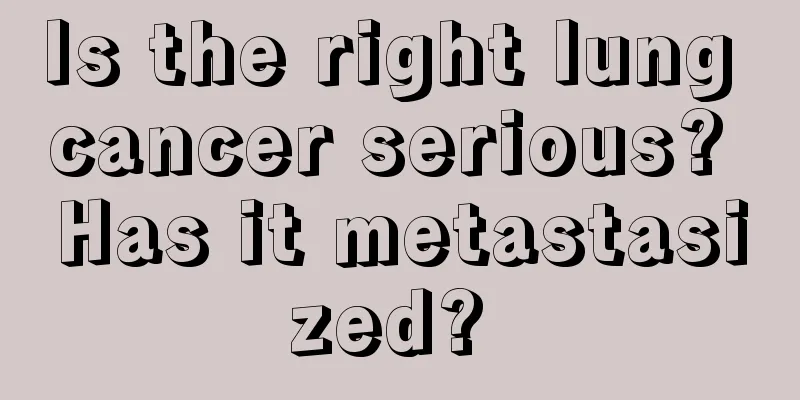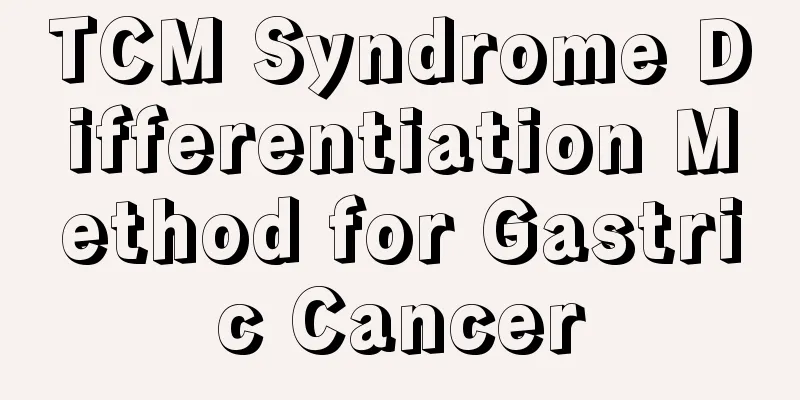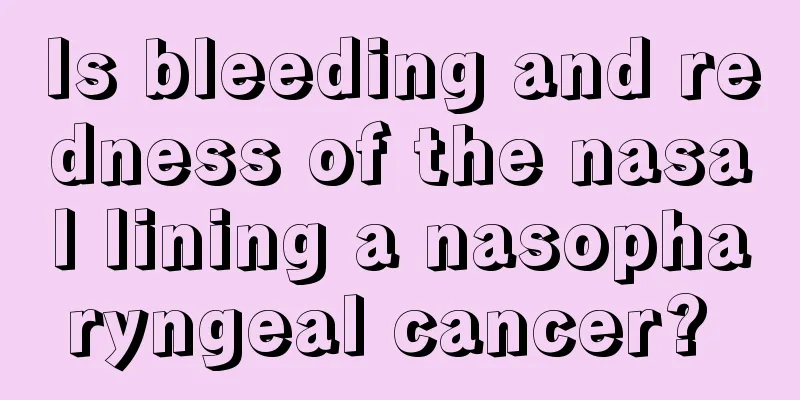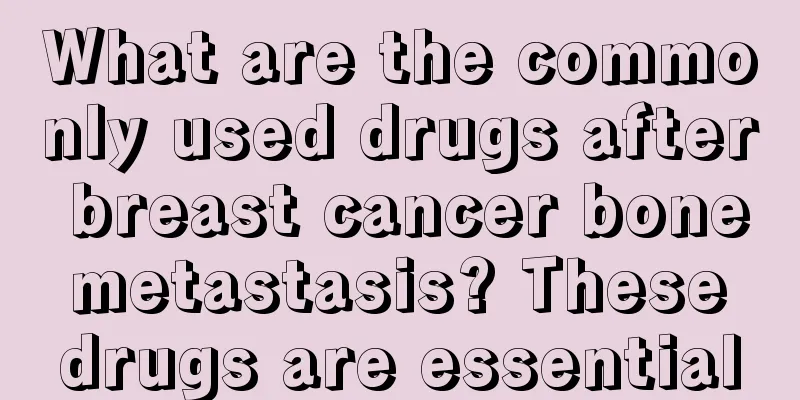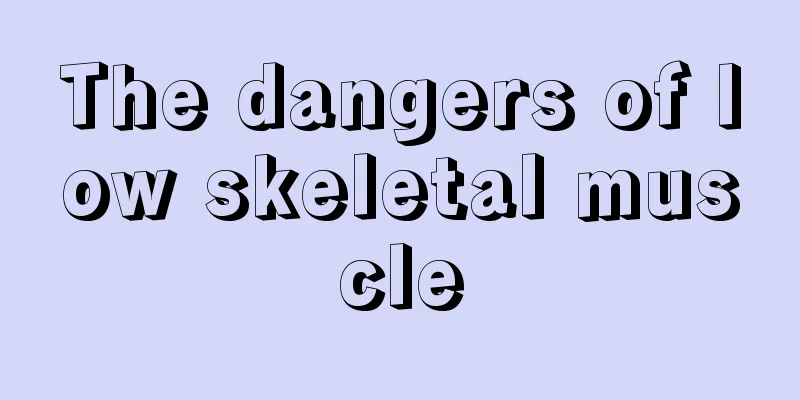What are the commonly used drugs for nebulization

|
Nebulization is a common method for treating pneumonia. The effect of nebulization treatment is very good. Whether it is adults, children, or even babies, nebulization can be used to treat symptoms such as cough and phlegm in the throat. Nebulization requires the addition of medicine. However, some drugs are not very effective. So, what are the drugs commonly used for nebulization? In fact, there are many nebulized drugs, which are mainly divided into the following three categories. Three categories of commonly used nebulized drugs Inhaled corticosteroids Main function: Reduce airway inflammation and effectively control baby's wheezing and coughing symptoms. Commonly used drugs in hospitals: budesonide suspension (0.5~1mg/time, combined with 2mL of normal saline nebulization inhalation each time, 1~4 times a day), which takes effect quickly and can exert anti-inflammatory effects in 10~20 minutes, and is very effective for emergencies. Bronchodilators Main functions: It is a commonly used medicine for baby asthma and wheezing. Nebulizer inhalation is the best route of administration. It is quick to take effect and has a strong antispasmodic effect. Commonly used drugs in the hospital: ①β2 receptor agonist: terbutaline sulfate nebulizer solution (dosage 1ml/2.5mg, combined with 2mL of normal saline each time, 1 to 4 times a day), takes effect within 5 minutes of inhalation and reaches its peak within 15 minutes. This type of medicine is often used in children with obvious bronchial spasm (such as acute laryngitis). ② Anticholine drugs: The representative is ipratropium bromide suspension (250ug/time, combined with an equal amount of normal saline, 1 to 4 times a day), which takes effect within 10 to 30 minutes after inhalation and is mostly used for acute onset. Expectorants Main function: It can regulate the mucus secretion in the respiratory tract of children, increase the movement of cilia, and make it easier to cough up phlegm. Commonly used drugs in hospitals: Ambroxol hydrochloride (common concentration 15 mg/mL, 1~2 ml each time by nebulization inhalation, twice a day). Summary: The above mentioned are conventional therapeutic medications. If the child requires long-term nebulization (such as asthma), regular follow-up is required and the medication should be adjusted in time to minimize side effects. |
<<: Classification of anti-Parkinson's drugs
>>: Drugs that cannot be taken by patients with favism
Recommend
Is sinusitis hereditary?
Because industrial pollution is particularly seri...
What are the diagnostic criteria for primary liver cancer? Pay attention to these symptoms of primary liver cancer
Liver cancer is one of the most frightening and d...
What is the reason for sweating of knee joints
Many friends will experience night sweats unknowi...
Is it good for the placenta to be located at the bottom of the uterus?
The placenta is located at the fundus of the uter...
How to correct myopia?
There are more and more people suffering from myo...
Can surgery really cure cervical cancer? What are the misunderstandings about the treatment of cervical cancer
Cervical cancer is one of the common malignant tu...
How to prevent testicular cancer in life
Testicular cancer is a common malignant disease i...
Remedies for joint pain during confinement
To remedy joint pain during the confinement perio...
What is the cure rate of nasopharyngeal carcinoma? The earlier the treatment, the higher the cure rate
What is the cure rate of nasopharyngeal carcinoma...
Who is most likely to get liver cancer? 11 types of people are prone to liver cancer
my country is a country with a high incidence of ...
Blinking frequently? So this is the reason!
Frequent blinking is a problem that many people e...
Lochia is clean and has brown mucus
The lochia is clear and contains brown mucus beca...
How to treat hot flashes and sweating during endocrine therapy for prostate cancer?
Most patients with advanced metastatic prostate c...
Is it okay to apply white vinegar on the face
White vinegar has certain beauty-enhancing effect...
Can a five month old baby sit?
A five-month-old baby can usually crawl on the be...
